The story of Earth’s distant past isn’t just some dry tale set in stone, it’s more like an epic mystery, with clues scattered all over the world and paleontologists working tirelessly (and sometimes getting insanely lucky) to piece it together. And hey, these aren’t just random old bones we’re talking about. Every now and then, someone unearths a fossil that doesn’t just tweak our understanding of prehistoric life but totally flips the script. So, if you’re ready, let’s dive into some truly mind-blowing fossil discoveries, the kind that have shaken up science and forced us to rethink what we know about ancient worlds and the amazing creatures that once called Earth home.
1. The Feathered Dinosaurs of Liaoning, China
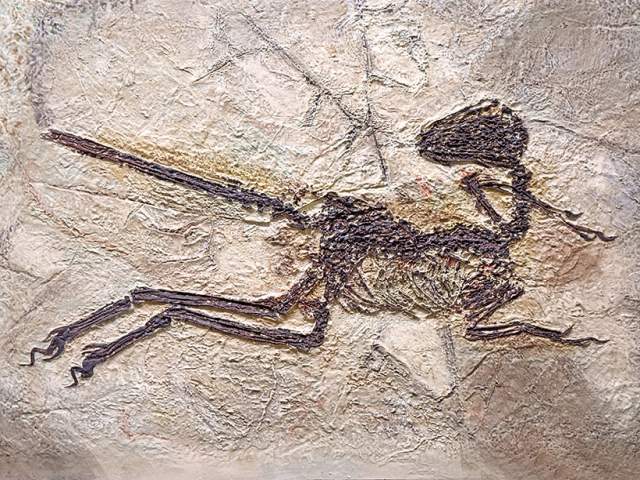
In 1990s, paleontologists in Liaoning Province, China, stumble upon dinosaur fossils with actual feather impressions. Can you imagine their excitement? Finds like Sinosauropteryx and Caudipteryx completely changed the game. For ages, dinosaurs were always shown as big, scaly reptiles. But these fossils? They proved that a bunch of theropod dinosaurs, the same group as T. rex and Velociraptor, rocked feathers! And it wasn’t just a fashion statement; this discovery made scientists rethink everything about dinosaur biology and even their metabolism (were they warm-blooded after all?). Oh, and if you ever wondered how birds fit into this picture, these fossils pretty much sealed the deal on dinosaurs being their ancestors. Talk about rewriting history!
2. Tiktaalik roseae – The “Fishapod”

Ever wondered what the first animal to crawl onto land looked like? For a long time, there was this huge gap in the fossil record, no one really knew. Then in 2004, researchers digging around Ellesmere Island up in Arctic Canada found something incredible: Tiktaalik roseae. This creature lived about 375 million years ago and was basically half fish, half early land animal, a “fishapod,” if you will. It had scales and fins like a fish but also a flat head, a neck that could move (which is rare for fish), sturdy ribs, and even wrist-like bones in its front fins! This fossil is like the missing puzzle piece showing how life made that giant leap from water to land.
3. The Burgess Shale Fossils
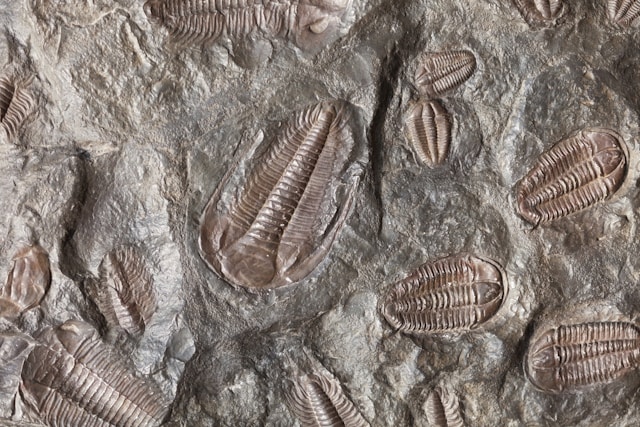
Hidden deep in Canada’s Rocky Mountains is the Burgess Shale, a literal goldmine for Cambrian Period fossils (we’re talking over 500 million years old!). What makes these fossils so special? Well, they don’t just preserve shells or bones; they show off soft tissues too! You get these absolutely wild creatures like Wiwaxia, Hallucigenia, and Anomalocaris, seriously, Google them if you want a surprise, capturing an explosion of weird life forms during a wild chapter called the Cambrian Explosion. These finds showed us that early life was way more diverse (and strange!) than anyone had guessed.
4. Patagotitan mayorum – A Titan Among Giants
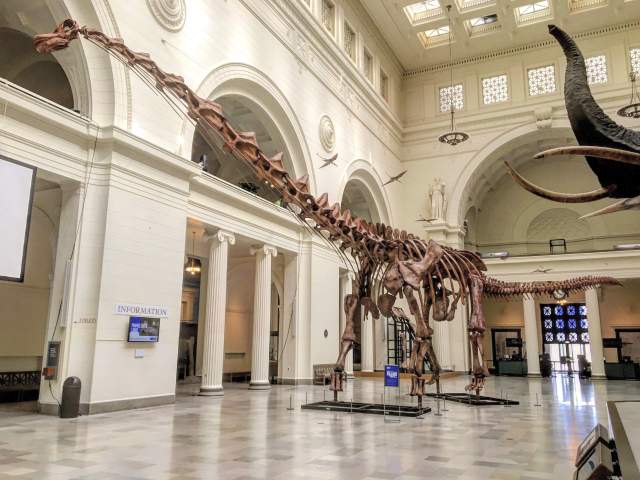
So just how massive could dinosaurs get? When scientists announced the discovery of Patagotitan mayorum in Argentina back in 2017, jaws dropped everywhere. This dinosaur, a type of titanosaur sauropod from about 100 million years ago is possibly the biggest land animal ever found. Imagine something stretching nearly 122 feet long and tipping the scales at around 60-70 tons! Discoveries like this don’t just wow us, they help researchers figure out how such gigantic creatures moved around, ate enough food, and thrived in their ancient habitats.
5. Ardipithecus ramidus (“Ardi”)
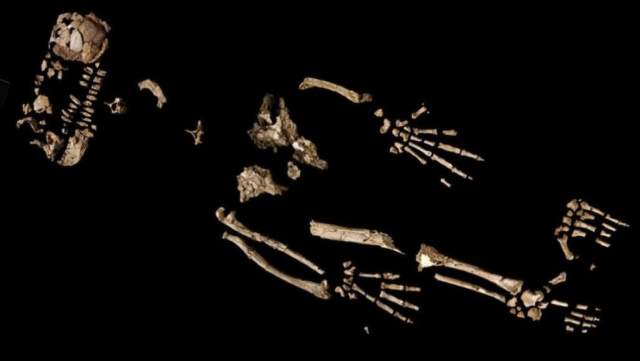
Most people think of “Lucy” (Australopithecus afarensis) when talking about early human ancestors. But then came “Ardi”, Ardipithecus ramidus, discovered in Ethiopia and dating back about 4.4 million years ago. When her skeleton was published in 2009, scientists realized she had a mix of traits: great for climbing trees but also able to walk upright (though not quite like us or even Lucy). Ardi gave us a peek into an even earlier stage of human evolution and threw out old ideas that our ancestors must’ve gone through a knuckle-walking phase like chimps.
6. The Chicxulub Impactor Evidence
Alright, here’s one everyone loves: What exactly killed off the non-avian dinosaurs? For years it was up for debate until scientists started finding a mysterious layer of iridium (an element more common in asteroids than on Earth) right at the Cretaceous-Paleogene boundary, the mark between dino times and today’s world, along with shocked quartz and tiny glass beads called microtektites formed by extreme heat. All signs pointed straight to an enormous asteroid impact, the famous Chicxulub crater in Mexico marks ground zero. This find totally transformed our understanding of mass extinctions and reminded us just how fragile life on Earth can be.
7. Maiasaura – The “Good Mother Lizard”
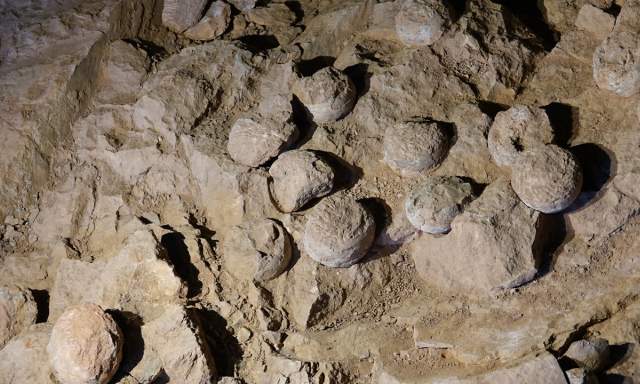
For ages, people figured dinosaurs were cold-blooded loners who didn’t care much for their young but then came Maiasaura peeblesorum, aka “good mother lizard.” In Montana during the late ‘70s, paleontologist Jack Horner uncovered nesting grounds packed with eggshells plus baby dinosaur bones at various growth stages, all close together! Turns out some dinos lived in colonies and cared for their kids, a total game-changer that helped us see them as real animals with complex behaviors.
8. Archaeopteryx lithographica – The Iconic Transition
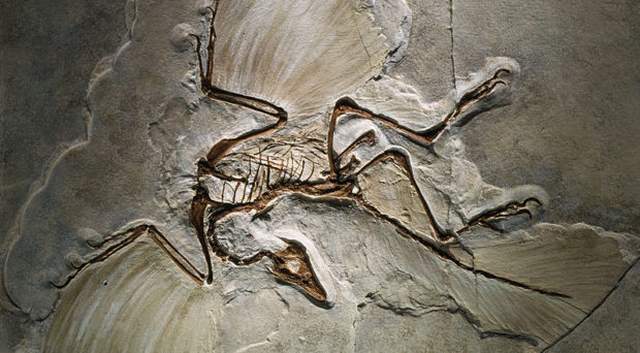
You can’t talk about legendary fossils without mentioning Archaeopteryx. Found way back in Germany in 1861 (so cool!), this Late Jurassic creature had teeth, claws on its wings, and a bony tail, super reptilian but also feathers and wings like modern birds! It basically became the poster child for evolution because it proved there was a direct link between dinosaurs and birds. It’s still one of those top finds that shaped paleontology forever.
9. Tanis Fossil Site – A Snapshot of Impact Day
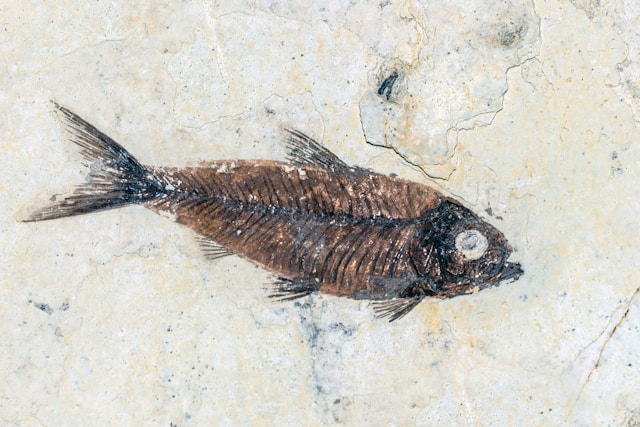
One of the wildest recent discoveries comes from North Dakota’s Tanis site, a place where time literally stood still right after that asteroid hit Earth 66 million years ago. Here’s what’s crazy: Fossilized fish are found with microtektites stuck inside their gills (meaning they died within hours of impact), plus jumbled-up remains suggest massive waves swept through right after disaster struck. Tanis gives us an unbelievably detailed look at what happened during those terrifying first moments after one of Earth’s worst days.
10. Ediacaran Biota – Earth’s Earliest Complex Life
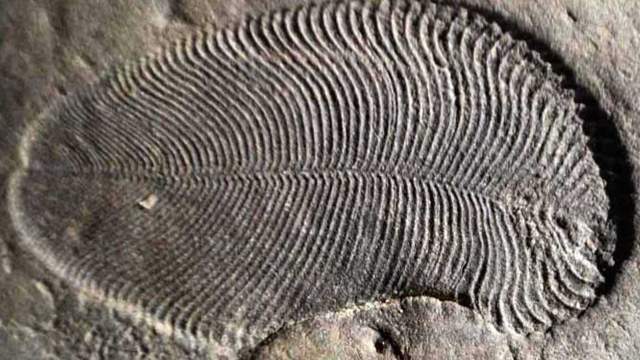
Before all those Cambrian oddballs burst onto the scene, people thought Precambrian times were just full of simple microbes, not much to see here! But then came discoveries from places like Australia’s Ediacara Hills: large soft-bodied organisms dating back as far as 635 million years ago! With names like Dickinsonia and Charnia, these frond-like or quilted critters are some of our earliest examples of complex multicellular life and they help explain how animal diversity got its start.
The Ongoing Journey of Discovery
Honestly? These ten jaw-dropping finds barely scratch the surface! Paleontology is always evolving as new digs happen all over the globe every year and even something as small as a single tooth can turn everything we know upside down again. Well-preserved fossils keep revealing lost worlds from ancient plant life to forgotten habitats and each new discovery fills another spot on humanity’s endless timeline puzzle.
The adventure isn’t over yet, not even close! These discoveries don’t just change science textbooks; they spark our imaginations too, connecting us to an ancient world filled with wonder (and plenty of surprises). So what do you think? What secrets might still be waiting underground? One thing’s for sure: There are plenty more stories written in stone…just waiting for someone curious enough to dig them up!
